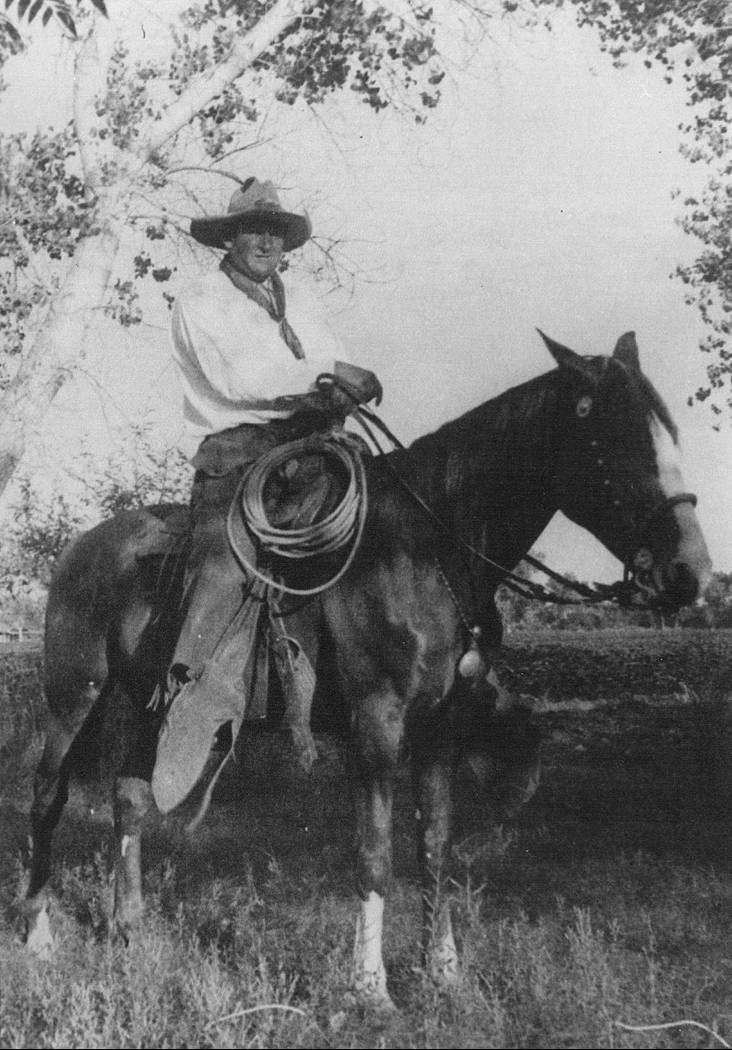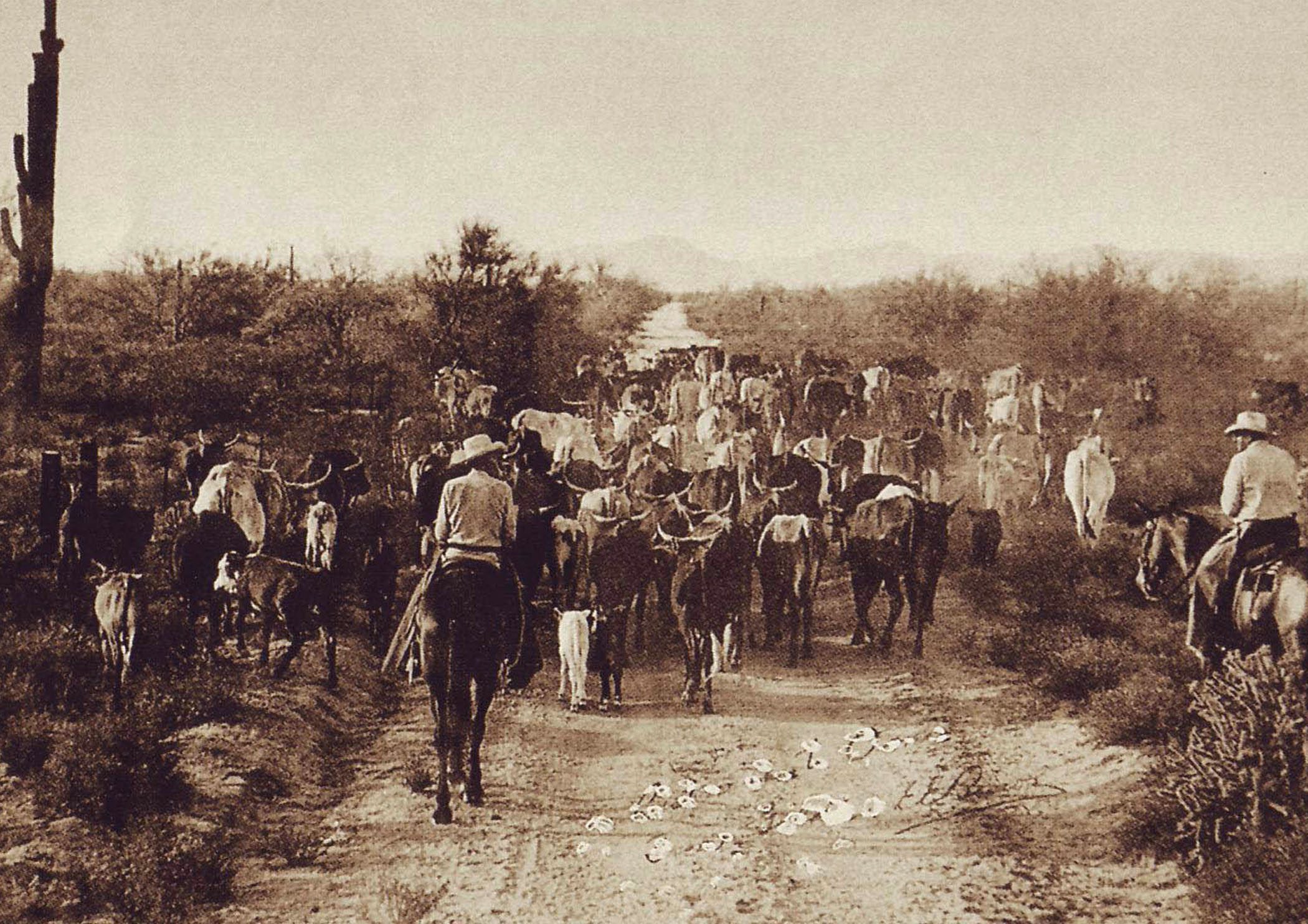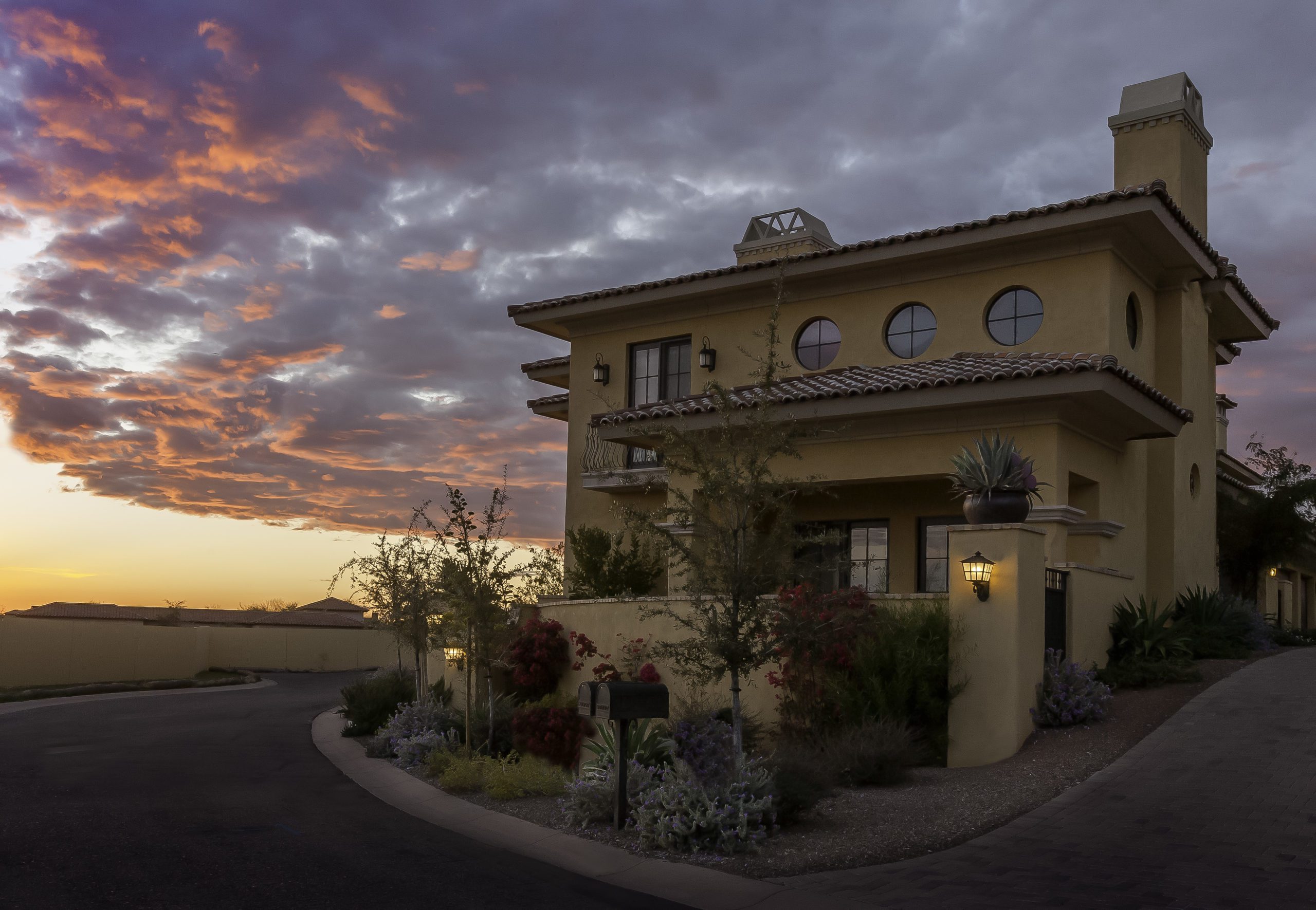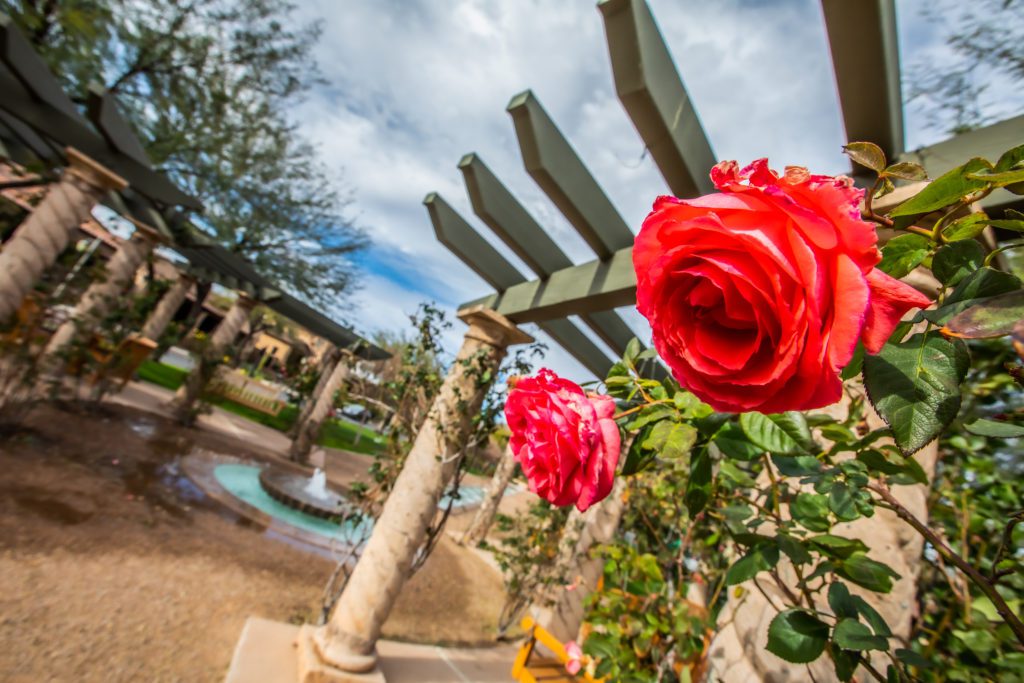
DC Ranch: A Storied History
Historic DC Ranch surrounds this community of the same name, where settlers once worked cattle and savored the cowboy’s life. The story of the Ranch brings together land, cattle, enterprise, and the optimism of people from the mid-west, southwest, and Mexico whose lives distill the essence of Arizona.
1900s
E.O. Brown–DC Ranch’s First Anglo Settler
It all began early in the 1900s only a few years after nearby Fort McDowell closed. The army moved out and the railroads and speculators moved in, promoting land almost free for the taking. Prospects for success and good health attracted entrepreneurs like E.O. Brown to the little agricultural town on the desert that was Scottsdale at the turn of the century.
In the spirit of that final frontier, Brown, a businessman who arrived from Wisconsin in 1901, laid claim to land that would grow over two generations into 43,000-acre DC Ranch.
When he and his family homesteaded, they chose a section of land near the only perpetual spring in the McDowell Mountains. Eventually he acquired that spring along with the Silver Leaf mining claim attached to it. Water from the spring was eventually piped to tanks all over the ranch. It is still producing a steady three gallons a minute within the boundaries of today’s DC Ranch community.

1900s
Some Speculation on the Origin of “DC”
About the same time, Brown bought the DC brand and earmark from a Dr. William Dorr Crosby, who had registered it in 1885. Perhaps Doc Crosby (DC) established a Desert Camp (DC) for his cattle, giving the brand double significance. Brown and his partner shipped their first load of cattle to California in 1910 and the brand was used on the DC range until the mid-1990s.
E.O. Brown added to DC Ranch throughout his life, and the next generation of his family cinched it up and rode it into modern times. In the early 1900s, the range had been crisscrossed mainly by cattle trails and sandy washes where water rushed down toward the Valley from the McDowell Mountains in the rainy seasons. But by the time E.O.’s son, E.E. “Brownie” Brown, took over DC operations, ranch headquarters north of the homestead could be reached by automobile.

1940s
The Brown–Marley Partnership
It was time for Big Brownie to bring in a partner: his friend, Kemper Marley. They had known each other since childhood, and their fathers were friends. Kemper grew up with the country, learning about agricultural business on family ranches in Colorado and Arizona. He’d gone out on his own early and graduated from the school of life with honors, turning hard-won knowledge into wealth. By the 1940s he was a force in Arizona business and agriculture.
As partners in the DC Ranch Company, Brownie and Kemper wrangled themselves a deal to expand the operation. Until the 1940s, DC livestock had grazed across thousands of acres of leased public land extending north and west of the old Brown homestead. Through other cattlemen, Marley and Brown determined that they could buy that land. They developed a plan to acquire holdings in California that the government needed and to trade them for the public land where their cattle grazed. Brownie put up his deeded land and Kemper added cash. Their deal bought them much of what is now north Scottsdale.

1980s
A Partnership for a Preserve in Perpetuity
In the 1980s, the land owners formed a partnership with DMB, which envisioned a community thoughtfully developed to complement the desert surroundings. In the late 1990s, DMB had the foresight to seek a partnership with the McDowell Sonoran Conservancy (formerly known as the McDowell Sonoran Land Trust), a grassroots advocacy group seeking to create a 36,000-acre preserve of untouched desert.
In 1998, DMB sold more than 4,600 acres in the upper Windgate Pass area to the City of Scottsdale, which would become what is today considered the “heart of the McDowell Sonoran Preserve.” This sale cut DMB’s development in half, but will forever stand as testament to the company’s commitment to environmental stewardship. The MCDowell Sonoran Preserve is the nation’s largest urban land preserve, encompassing one-third of the City of Scottsdale—57 square miles—and will connect with the Tonto National Forest.

1997
DMB breaks ground on community construction
Real estate developer DMB Associates broke ground on a unique master-planned community in the foothills of the McDowell Mountains. The concept was something so different and unique that it would be used as a model for urban planning for years to come. By incorporating the best ideas from communities around the country into their own vision for the land, DMB created DC Ranch. In 1998, the very first homeowners started moving into the Desert Camp neighborhood.

2018
20th Anniversary celebration
Throughout the year, special activities celebrated the 20 year milestone. Scottsdale Mayor Jim Lane kicked things off proclaiming Jan. 27, 2018 DC Ranch Day, where over 1,000 residents and guests watched a Wild West stunt show inspired by DC Ranch history. Residents and pioneers of the community also shared inspiring stores and their “special DC Ranch moment” to be included in the 20th Anniversary Time Capsule. The Arizona Chapter of the American Planning Association bestowed on DC Ranch the “Distinguished Historic Landmark” award. The award is given to places that have demonstrated a significant impact on planning in Arizona.

Today
Esteemed Architectural Lineage
Even today, the DC Ranch landscape philosophy is tied directly to preserving the Sonoran Desert. Vernon D. Swaback, the youngest apprentice to Frank Lloyd Wright, served as architect of DC Ranch. Swaback refers to DC Ranch as “an orchestration of natural materials,” given the use of native stone from the site and a landscaped profusion of arid-region, drought-tolerant, flowering plants.
Swaback notes that streets and pathways have been laid out to dramatize both near and distant views while flowing with the topography of the land. Low stone walls appear along the way with no apparent purpose other than to offer an eye-pleasing interplay between nature and architecture. Signs, light standards, bridges, buildings and houses all show respect for the character of the desert. None of this happens by chance. “The decisions of countless people have all played from the same score, each inspired by the original beauty and authenticity of the land,” said Swaback.

The joy of the land: a brief history of DC Ranch by Anne O’Brien (copyright 1996)
10 years of partnership, a Preserve in perpetuity by Anne Driscoll (copyright 2008)
Scottsdale History Hall of Fame to induct DC Ranch visionary by Anne Driscoll (copyright 2008)
DC Ranch visionary’s place in Scottsdale history cemented by Anne Driscoll (copyright 2008)






